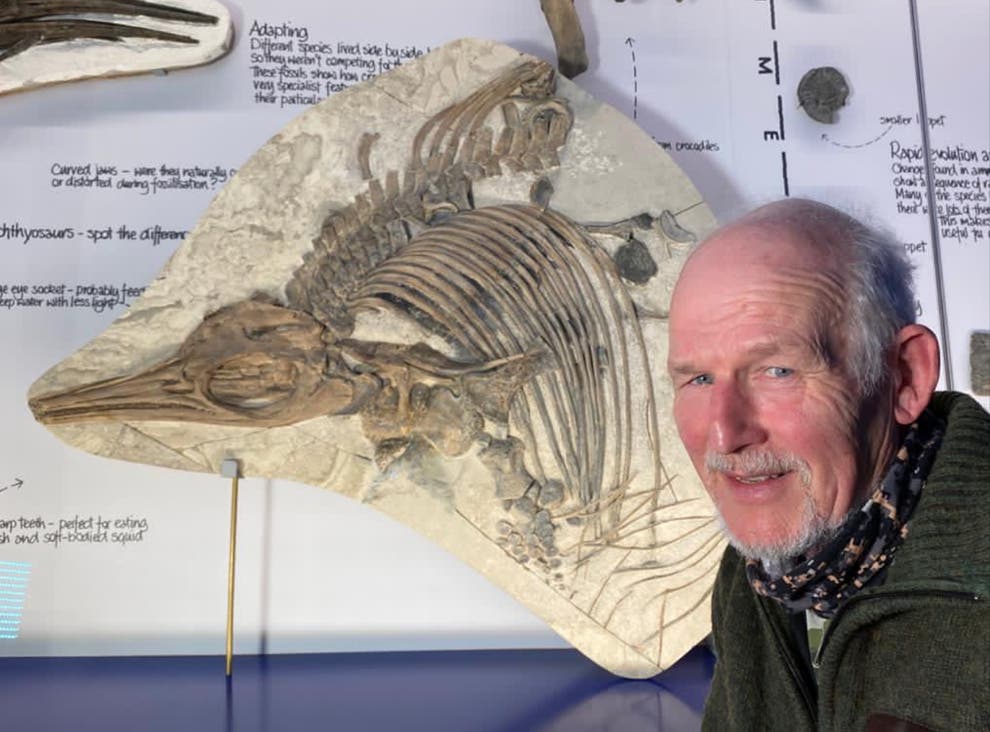Scientists have successfully measured the energy required to activate lasers and fire them, then compared it to the energy output. Remarkably, they achieved 50% more energy output than the energy input from the lasers. In 2021, MIT made a groundbreaking advancement with a fusion magnet so powerful it could transform the global energy landscape. Fusion is no longer science fiction—it’s a reality sending shockwaves through the oil industry, global politics, and military strategies. Could this be the end of fossil fuels, driven by a magnet that changes everything?
To grasp why this magnet is revolutionary, we must understand the immense challenge of fusion energy. Fusion occurs when hydrogen isotopes are heated to temperatures exceeding 100 million°C, hotter than the sun’s core. At such extreme temperatures, matter becomes plasma, a superheated state where electrons separate from atomic nuclei. No physical container can withstand this heat, as plasma would instantly melt any material. Instead, scientists use powerful magnetic fields to confine and compress the plasma, keeping it away from reactor walls while enabling fusion. The challenge has always been that generating these magnetic fields required massive magnets that consumed enormous energy, creating a paradox: the magnets used more power than the fusion reaction produced.
MIT’s breakthrough lies in high-temperature superconducting magnets. Traditional fusion projects rely on low-temperature superconductors cooled to near absolute zero (4 Kelvin, or -452°F). MIT’s magnets, made from rare-earth barium copper oxide (REBCO), operate at a relatively balmy 20 Kelvin (-423°F). This temperature difference simplifies cooling systems and boosts efficiency. More crucially, these magnets generate magnetic fields twice as strong as conventional ones while using less power. MIT’s team pioneered a no-insulation coil technique, leaving superconducting tapes uninsulated to allow current to bypass local hotspots. Despite initial skepticism, tests in 2021 proved the technique’s stability. The team even deliberately pushed the magnet to failure to collect data, validating their engineering models. Six peer-reviewed papers confirmed the technology’s readiness for fusion conditions, marking a leap from theoretical improvement to practical, working technology.
Why does magnetic field strength matter? Fusion physics shows that doubling the magnetic field increases fusion power by a factor of 16. This exponential relationship allows MIT’s stronger magnets to enable smaller reactors with equivalent power output. In engineering, smaller size means lower costs—less material, shorter construction time, and reduced land requirements. Fusion plants no longer require massive, billion-dollar government projects; they could be commercially viable.
MIT and its spin-off, Commonwealth Fusion Systems (CFS), are applying this breakthrough in their SPARC reactor—Soonest, Smallest, Private-funded, Affordable, Robust, Compact. SPARC showcases how fusion reactors can shrink with these new magnets. Traditional fusion efforts focus on massive tokamaks, donut-shaped reactors using magnetic fields to contain plasma. The largest, ITER in France, has cost over $20 billion, requires a site the size of 60 football fields, and won’t be operational until the 2030s. ITER’s plasma chamber has a 6.2-meter radius, and it’s purely experimental, not designed to generate electricity.
In contrast, SPARC’s plasma radius is just 1.85 meters—less than a third of ITER’s. The entire reactor could fit in a high school gymnasium, yet it’s designed to match ITER’s fusion performance. This is possible because SPARC uses 18 of MIT’s high-temperature superconducting magnets, creating a magnetic field twice as strong as ITER’s. Due to the exponential relationship between field strength and fusion power, SPARC is 65 times smaller by volume while achieving similar fusion conditions. This translates to lower costs and faster construction. While ITER has consumed decades and billions, SPARC’s cost is in the hundreds of millions, with first plasma expected in 2026.
Unlike ITER, a scientific experiment, SPARC is engineered for net energy gain—producing more energy than it consumes, the holy grail of fusion research. MIT and CFS aim for SPARC to achieve this by 2027, making it the first fusion device to conclusively produce surplus energy. Designed with commercial viability in mind, SPARC paves the way for ARC, a full-scale, grid-connected fusion power plant. This practical, commercial focus contrasts with traditional government-funded fusion programs.
The oil industry faces a potential nightmare. While it has adapted to past energy transitions, fusion poses an existential threat. Major oil companies like Italy’s ENI, Norway’s Equinor, and Chevron are investing in fusion startups like CFS and Zap Energy, recognizing fusion’s potential to disrupt their business model. Fusion offers zero carbon emissions, minimal waste, no catastrophic risks, and fuel from seawater, not finite geological deposits. It could power electric vehicles, electrify manufacturing, and enable synthetic fuels for aviation and shipping, gradually making oil economically obsolete.
Financial markets are adjusting. Investment banks like Goldman Sachs and Morgan Stanley warn that 30- to 40-year oil investment plans may become invalid if fusion becomes commercial in the 2030s. Oil companies must evolve into energy providers to survive, as BP’s CEO, Bernard Looney, has acknowledged, emphasizing the need to prepare for declining oil demand.
Fusion could also reshape geopolitics. Unlike oil, concentrated in specific regions, fusion fuel (deuterium from seawater and lithium from minerals) is widely available, enabling energy independence for nations like Japan and Europe. Oil-dependent countries like Saudi Arabia and Russia face economic risks if fusion reduces oil demand. The petrodollar system, OPEC’s influence, and military strategies centered on oil security could weaken, rewriting global power dynamics.
Militarily, fusion could revolutionize operations. The U.S. Department of Defense, the world’s largest petroleum consumer, relies on vulnerable fuel supply chains. Compact fusion reactors could power bases, ships, and submarines without refueling, enhancing range and reducing vulnerabilities. Advanced weapons like lasers and railguns could become viable, and fusion-powered satellites could transform space capabilities. DARPA’s investment in fusion underscores its strategic importance.
For decades, fusion was “30 years away.” Now, timelines have accelerated. SPARC expects first plasma in 2026 and net energy by 2027. Microsoft’s 2023 deal with Helion Energy to buy fusion power by 2028 reflects this shift. Over $7 billion in private investment since 2022, backed by tech giants like Bill Gates and Jeff Bezos, signals confidence. The U.S., UK, China, and others aim for fusion pilot plants by the 2030s or 2040s. Advances in magnets, computing, materials, and private-sector innovation have compressed timelines, moving fusion from a distant dream to a near-term reality.
MIT’s approach stands out due to its engineering focus. SPARC uses proven tokamak designs but leverages REBCO magnets, no-insulation coils, demountable magnets for easier maintenance, and advanced plasma control systems. Unlike ITER’s massive, low-temperature superconductors, SPARC’s compact design prioritizes commercial viability, shifting fusion from scientific research to practical energy solutions.
Fusion’s rise doesn’t mean oil’s immediate demise, but its trajectory threatens to erode oil’s dominance, transform global energy, and redefine geopolitics and military strategy. The race for fusion is not just about clean energy—it’s about shaping the future.






















